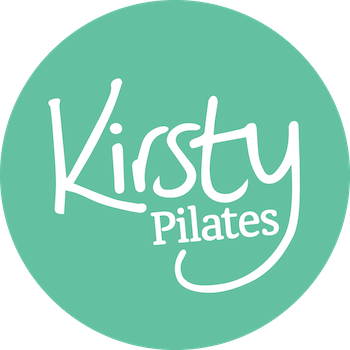I am absolutely exaggerating the photo above.
Most people do not have a perfect posture and so there are four posture types that deviate from what’s classed as normal (as demonstrated above!).
I’m secretly always looking at the way people stand and move in my classes to see which posture type they are most like. It helps me when I’m planning my classes and deciding which exercises to include.
If I know that someone tends to stand with a big arch in their lower back then I make sure I include certain exercises in their class to help strengthen or stretch the muscles that will bring the pelvis into a more neutral position.
Ideally you want your spine to have 3 equal sized curves so that the muscles, ligaments and tendons that connect to the spine work evenly together – bringing muscle balance. Take a look at the four types of postural alignments below and see if you can notice which one you are most like (you might be more that one).
Lordotic Posture
This is an arched back posture where the pelvis is tilted too far forward causing an increased lower back (lumbar spine) curve. Typically the abdominal muscles and gluteals are lengthened and have poor muscle strength.
Focus on strengthening the abdominals and gluteals, along with stretching the hip flexors. Pilates exercises to help – Shoulder Bridge, Abdominal Curl, Plank
Swayback Posture
This is a slouched posture where the pelvis is in neutral but they are pushed forward. This causes the body to ‘hang’ onto the ligaments and muscles at the front of the hips and the lower back (lumbar spine) changes from an even curve to a shorter, deeper curve that is higher up.
Focus on correct posture when standing. In can be helpful to stand in front of a full lengthen mirror and look sideways on. Make sure you are not pushing your hips and knees forward – there should be a straight line between ankles, knees, hips, shoulder, ear. Pilates exercises to help – Standing Sway, Squats, Standing Knee Lifts.
Flat back Posture
This is where the lumbar curve (low back) is reduced. The main problem the lack of mobility and movement in the spine. It’s common in people who are inactive, have poor seated posture and have lower back pain. It’s also seen in people who practice lots of sit-up type exercises.
Focus on general mobility of the spine. Pilates exercises to help – Side Bends, Hip Rolls, Shoulder Bridge.
Kyphotic Posture
This is a rounded shoulder posture where the upper back (thoracic spine) has an increased curve. There’s a restriction in shoulder movement as the shoulder blades are pulled forward and often the chin pokes forward. A kyphotic posture is common amongst office workers and in very tall people.
Focus on extension exercises to help improve movement in the upper back. Pilates exercises to help – Diamond Press, Dumb Waiter and Standing Double Arm Floats

